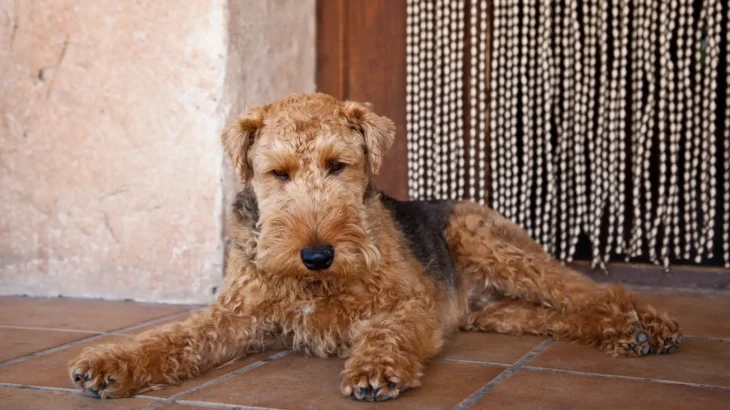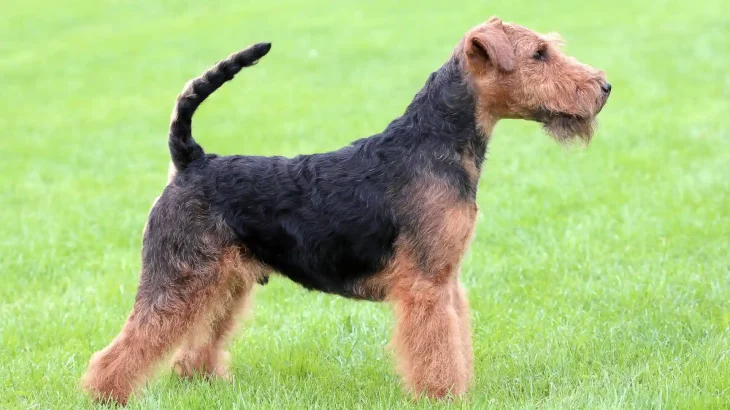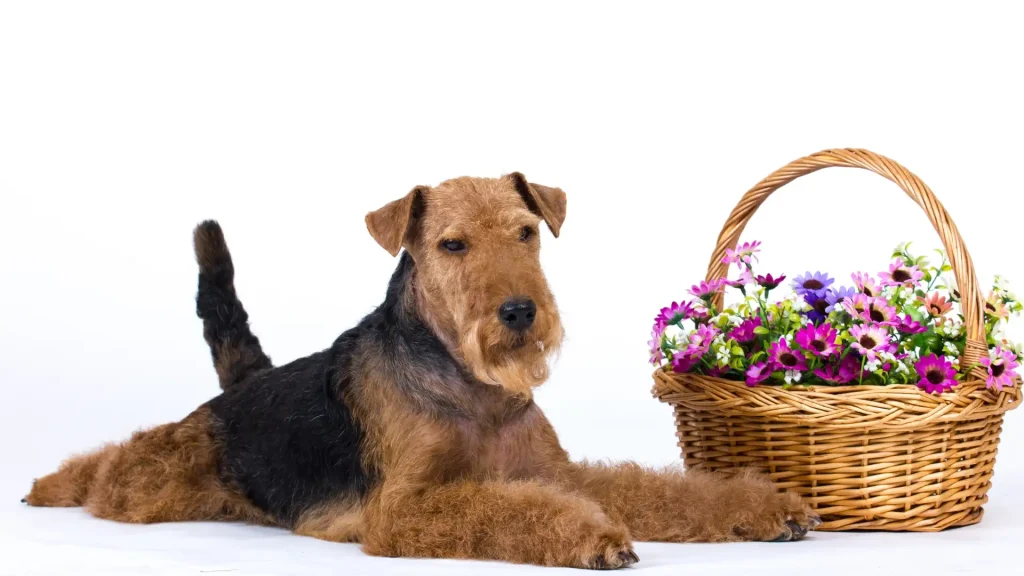Deciding whether to adopt or purchase a Welsh Terrier puppy depends on key considerations like cost, health assurance, and background information. Buying from a breeder usually offers health history and pedigree clarity, while adoption is a more affordable option and a chance to give a dog a loving home.
Adoption vs. Breeder: Pros & Cons
| Criteria | Buying from Breeder | Adopting from Shelter/Rescue |
|---|---|---|
| Cost | Higher initial cost due to purebred status, often with health screenings. | Lower fees that usually cover vaccinations, spaying/neutering, and microchipping. |
| Health History | Provides detailed records and genetic screening. | Health history may be limited or unknown, but basic checks are done. |
| Age Availability | Typically puppies, allowing early bonding and training. | Varied ages, including adults who may already be trained. |
| Temperament Insight | Breeders share information on lineage and traits. | Shelters provide observed behaviors, though full backgrounds may be incomplete. |
| Supporting Practices | Supports responsible breeding to maintain standards; choose ethical breeders. | Supports animal welfare by giving homes to dogs in need and reducing shelter populations. |
| Legal Documentation & Ownership Papers | Includes official pedigree and registration papers. | May lack pedigree documents but provides legal adoption papers. |




















































